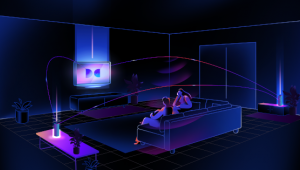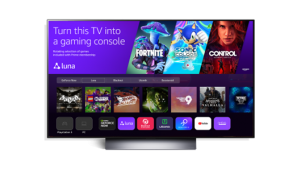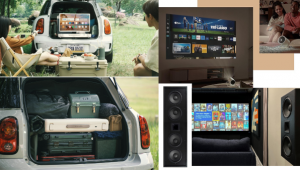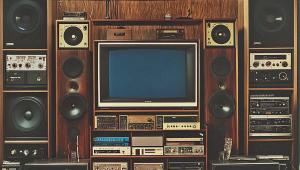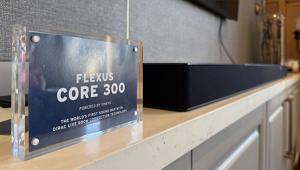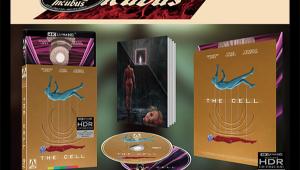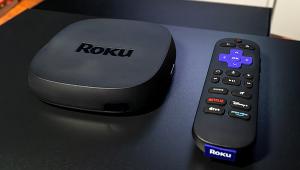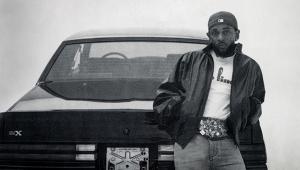FCC Girds for Analog Armageddon

Two big items on the FCC's to-do list involve directly helping antenna-dependent analog-TV households. The agency has contracted to set up 400 walk-in centers and 12,000 help clinics. It has also contracted to provide free in-home assistance. All of these things should help folks having trouble dealing with issues surrounding set-top boxes, including their installation and the coupons that subsidize them.
The FCC is also sending 180 of its own employees to 49 markets. It will staff its call centers (888-CALL-FCC) with 4000 operators. And it has updated its dtv.gov website to enable users to enter their zip codes and get information about their local stations as well as available support services.
Of course the blizzard of televised public service announcements concerning the transition has already started. That includes yesterday's soft test, in which the analog broadcast signal was interrrupted three times throughout the day to warn of the impending transition.
For those more oriented to print, the FCC is working with Consumers Union to produce a 15-page consumer guide, "DTV Made Easy," which will be available from help centers, mobile clinics, in-home helpers, and major retailers, as well as online, so you can print it out for that special someone. It includes the attractive graphic reproduced here, which says RELAX, though the message we would have chosen for the DTV-transition-unprepared at this late date would be more along the lines of PANIC. WITHOUT TELEVISION, YOUR BRAIN WILL LIQUEFY AND EXPLODE. Maybe that's just us.
In related DTV transition news, the National Telecommunications and Information Association (NTIA) has caught up with the waiting list for folks awaiting their $40 set-top box subsidy coupons. And Nielsen reports that the number of homes not ready for the DTV transition has shrunk to 3.3 million people, or 2.9 percent of total U.S. TV households.
For more information, see the FCC news release (PDF), the transition website, and the Nielsen blog.
- Log in or register to post comments









